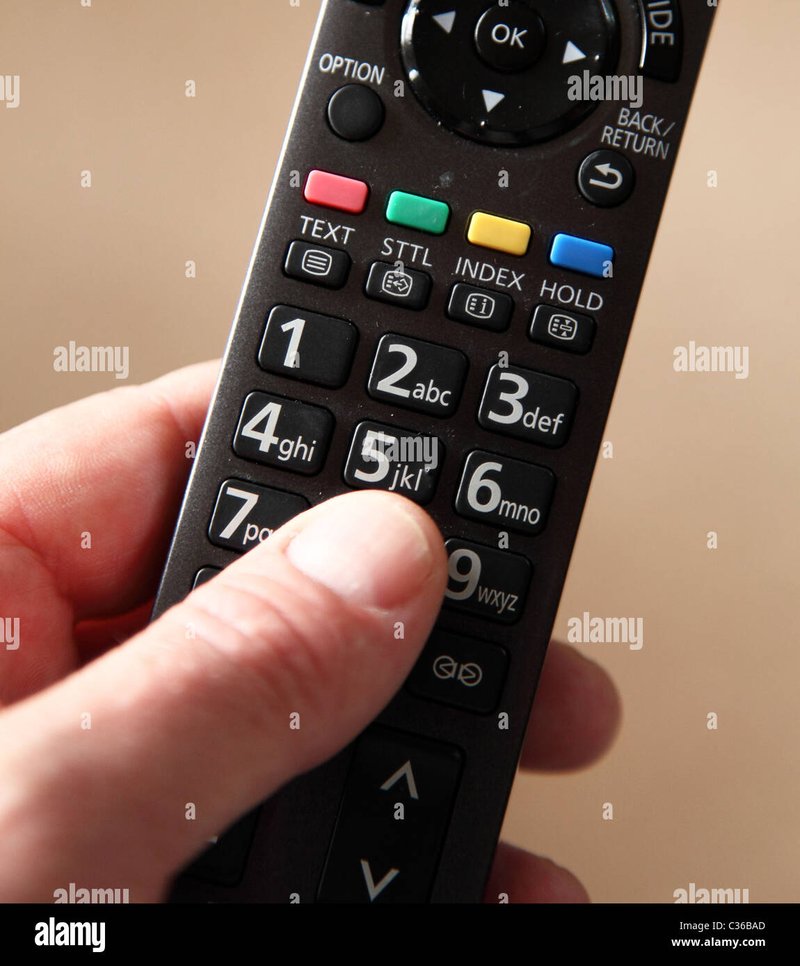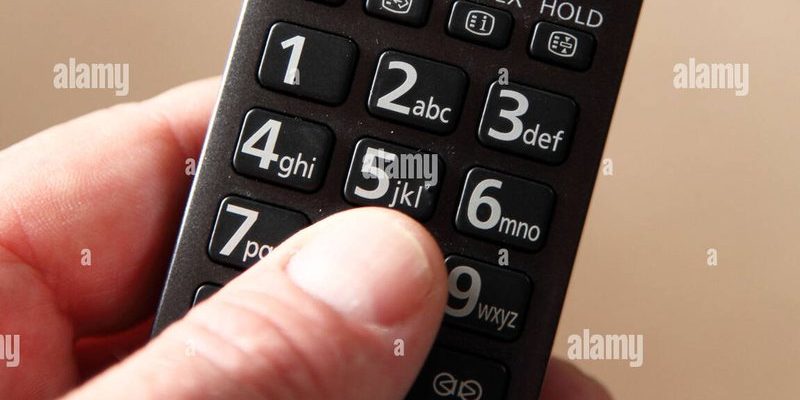
Here’s the thing: The idea of using a Sony TV remote for streaming devices sounds simple, but the reality is a bit like untangling a stubborn bunch of headphone wires—sometimes it just works, and sometimes it takes some patience (and maybe a deep sigh). Let’s peel back the layers and see what’s possible, why some remotes are smarter than others, and how to make the most of your setup. Grab your favorite seat—let’s unpack whether Sony TV remotes can actually control your streaming devices.
How Sony TV Remotes Are Designed to Work
Let’s start at square one: what’s actually inside that Sony TV remote? Most Sony TV remotes use infrared (IR) signals to communicate with your television. That red bulb at the end of the remote? That’s basically shooting invisible flashes of light your TV understands. Some newer Sony TVs and their remotes add Bluetooth or RF technology, which means you don’t even need to be pointing straight at the TV—handy for when your popcorn bowl is blocking the “line of sight.”
Sony also equips many of their newer TV remotes with universal features. You might notice a set of buttons marked for input devices, volume, playback, and sometimes even a microphone for voice search. These features hint that your remote has the potential to talk to more than just your TV—at least, in theory.
But here’s the catch: just because your Sony remote has lots of buttons doesn’t mean it can instantly control everything in your living room. Devices like streaming sticks or boxes (think Apple TV, Fire Stick, or Roku) often use a different “language,” or signal, that isn’t always compatible with your standard TV remote, unless some magic bridges the gap.
What Streaming Devices Can a Sony TV Remote Control?
Not all streaming devices are created equal, and not all remotes speak the same language. If you’re using a streaming device that plugs into your Sony TV’s HDMI port, here’s where things get interesting. Thanks to a feature called HDMI-CEC (more on that in a second), many Sony TV remotes can, in fact, control some basic functions of certain streaming devices.
- Apple TV: If everything’s set up correctly, you might be able to navigate menus or play/pause using your Sony remote.
- Roku and Fire Stick: These usually work for simple commands like power on/off and volume, but advanced menu navigation might still need the original remote.
- Chromecast: Slightly trickier, since Chromecast relies mainly on your phone or voice—but newer Chromecast with Google TV models can sometimes be nudged with the TV remote.
Honestly, it’s not always a sure thing. Compatibility depends on both your specific Sony TV model and the streaming device’s support for HDMI-CEC. Sometimes it works right away, and sometimes you have to dig into the settings to coax things along.
The Secret Sauce: What Is HDMI-CEC?
So, what is this HDMI-CEC magic everyone keeps talking about? HDMI-CEC stands for “Consumer Electronics Control,” which is just a fancy way of saying “let your devices talk to each other over HDMI.” Imagine it like a translator at the United Nations, letting your Sony TV remote send commands over the HDMI cable to your streaming device.
Most modern Sony TVs have HDMI-CEC (sometimes called BRAVIA Sync). When both your TV and streaming device support HDMI-CEC—and you enable it in the settings—they can play nice together. That means your Sony remote can sometimes control power, volume, and basic playback on your streaming device, without needing to program any codes or do complex pairing.
Here’s the not-so-fun part: HDMI-CEC goes by different names on different brands (like Anynet+ for Samsung, or Simplink for LG), and not every device enables all possible features. So, one streaming box might let you browse menus, while another might only let you power it on or off.
“Think of HDMI-CEC as the universal handshake that lets your TV remote get the attention of your streaming device. But like any handshake, it only works when both hands are open and ready!”
Setting Up Your Sony TV Remote to Control Streaming Devices
You might be wondering, “Okay, how do I actually get this to work?” Good question. Let me walk you through the steps—no tech jargon, just simple steps you can follow even if cables make you nervous.
- Step 1: Check HDMI-CEC Support. Make sure your TV mentions HDMI-CEC (Sony often calls this BRAVIA Sync). Your streaming device should also support HDMI-CEC—usually listed in its specs or user manual.
- Step 2: Enable HDMI-CEC on Your TV. Go into the TV’s settings menu. On most Sony TVs, you’ll find BRAVIA Sync under External Inputs or Device Preferences. Turn it on.
- Step 3: Enable HDMI-CEC on Your Streaming Device. For devices like Roku or Fire Stick, look for CEC or similar terms in their settings and make sure it’s active.
- Step 4: Test Basic Controls. Try using the Sony remote’s navigation arrows or playback buttons and see what responds. Power, volume, and play/pause usually work if HDMI-CEC is set up correctly.
If things don’t work immediately, don’t panic. Sometimes you need to unplug everything and reconnect after enabling CEC, or even restart devices to trigger the handshake. It’s a bit of trial and error—sort of like learning to ride a bike (but with fewer scraped knees).
Troubleshooting: When Your Sony Remote Won’t Cooperate
Even with everything set up, things sometimes go sideways. You click a button and…nothing happens. It’s like your remote’s on strike. Here’s where some basic troubleshooting comes in handy (and you don’t need to be a technical wizard).
- Check the Battery: Old batteries can mean weak signals. Swap them out if your remote seems unresponsive.
- Sync and Reset: If HDMI-CEC was recently enabled, try unplugging your TV and streaming box, wait a minute, and plug them in again. This little “reset” often solves weird glitches.
- Check Your HDMI Cable: Not all HDMI cables support CEC, especially old or super cheap ones. Try swapping to a newer, high-speed cable if nothing else works.
- Double-Check Device Settings: Sometimes settings can be buried deep—look for terms like BRAVIA Sync Control on the TV, or CEC on the streaming box. Make sure everything’s switched on.
If you’re still stuck, it might just be a matter of incompatible devices. Not every combination will work perfectly, which is honestly just part of the remote control game.
Universal Remotes vs. Sony TV Remotes: What’s the Difference?
It’s easy to confuse a **Sony TV remote** with a true **universal remote**, but they’re actually different breeds. Most Sony remotes are designed to primarily handle Sony TVs, and only secondarily control other devices—usually through CEC. A universal remote, on the other hand, comes preloaded with codes for hundreds of devices, and often lets you program it to control your TV, audio system, streaming box, and more.
Universal remotes require a bit more setup (finding and entering codes, syncing devices), but they’re much more flexible if you have a mix of brands in your setup. Sony TV remotes can sometimes double as “universal” ones for basic tasks, but don’t expect full access to every feature of every device.
Storytime: I once tried to get my Sony TV remote to control my old Blu-ray player. Great for play and pause, but when I wanted subtitles, there was just… nothing. Sometimes, only the original remote gets you into those deeper menus.
Voice Control and Smart Remotes: The New Frontier
Newer Sony TVs come with remote controls that have microphones or built-in voice assistants—think Google Assistant or Alexa. With these, you can sometimes launch apps or search for content on both your TV and streaming device just by speaking. It’s like jumping into the future, minus the flying cars.
However, even voice control has limits. You might be able to say, “Open Netflix,” or “Pause,” and have it work on your streaming box, but more complex functions (like changing settings inside your Roku or Fire TV menus) probably won’t work unless you’re using the original remote or a dedicated app.
Still, if you’re tired of digging through couch cushions for remotes, this smart remote setup can be a real game-changer—especially if you want hands-free control while making popcorn.
Limitations and Alternatives: When You Need More Than a Sony Remote
Let’s be real: even with HDMI-CEC and smart features, a Sony TV remote can only get you so far. It’s like using a Swiss Army knife—great in many situations, but sometimes you need a full toolbox.
- Not All Features Covered: Sony remotes can handle basics—power, volume, simple navigation—but rarely offer access to specialized settings or unique buttons on your streaming device.
- Device Compatibility: Some older or budget streaming devices might not support HDMI-CEC, leaving your Sony remote powerless to help.
- Universal Remotes and Apps: If you want deeper control, a high-end universal remote (like a Logitech Harmony) or even a phone app from your streaming device maker can fill in the gaps.
The ultimate setup really depends on your needs. If you only stream occasionally and hate remote overload, a Sony TV remote with CEC might be all you need. But if you’re a home theater enthusiast juggling many devices, you’ll probably want something with more muscles.
How to Tell If Your Sony TV Remote Will Work
Before spending hours poking at settings, it helps to know if your specific Sony TV remote can control streaming devices. Here’s what to look for:
- Model Year: Most Sony TVs from around 2015 and later include CEC (BRAVIA Sync) support. Check your manual, or search online with your TV’s model number.
- Remote Layout: Remotes with dedicated input, playback, or even voice buttons are more likely to offer extra control features.
- Settings Menus: If you see BRAVIA Sync (CEC) options in your TV settings, you’re good to go. Remember to enable it on both the TV and any connected streaming gadgets.
If things seem complicated or just aren’t working, don’t sweat it. Sometimes it’s easier to accept the two-remote lifestyle—at least until the tech world decides to settle on a true universal solution.
Wrapping Up: Can Sony TV Remotes Control Streaming Devices?
Here’s the honest truth: Yes, in many cases, Sony TV remotes can control streaming devices—*if* your streaming box and TV both support HDMI-CEC (and it’s turned on). This unlocks the ability to do basics like power, volume, and simple navigation right from your Sony remote. It’s not perfect, and not every device will play nicely, but it’s a great step toward a clutter-free living room.
If you crave more advanced control, a universal remote or mobile app might be worth considering. But for the everyday user who just wants fewer remotes and simpler streaming, your Sony TV remote is often more powerful than you’d think. Try it out, tinker with the settings, and see what works for your setup. Who knows? You might just discover that the world of home tech isn’t as tangled as that old headphone cord after all.
